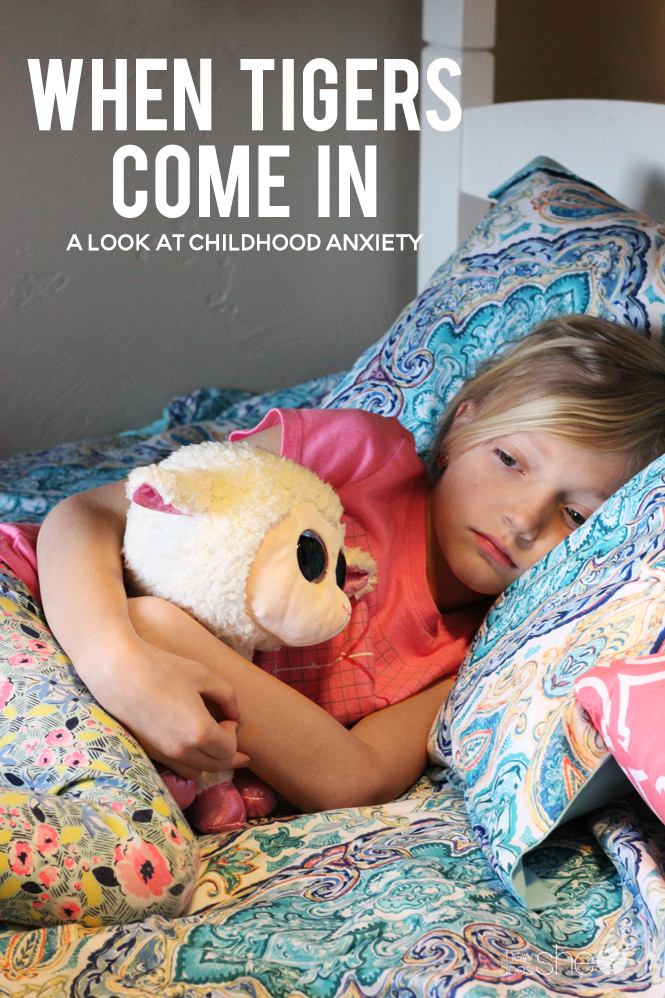
When Tigers Come In
Usually, I can blame most childhood hiccups on “a phase.”
Oh, that bout of hyperactivity…that’s just a phase. Markers on the walls…thankfully that’s a phase. So when my oldest daughter started worrying about every little thing, I commenced the wait-it-out process. Be patient…this is just a phase.
The worry seemed to have no end.
She’d worry about being late to school to the point it induced tears. She would stress about being the first one to school or the last one to school. She’d agonize about having bad dreams at night and would lie awake, too scared to go to sleep. Life became a series of what-if questions. What if I’m the only one wearing a hat for hat day? What if I’m late? What if tigers come in our house? No amount of soothing or positive talk seemed to help. And at eight-years-old, I began to feel helpless because she was carrying a weight much too heavy for her little body.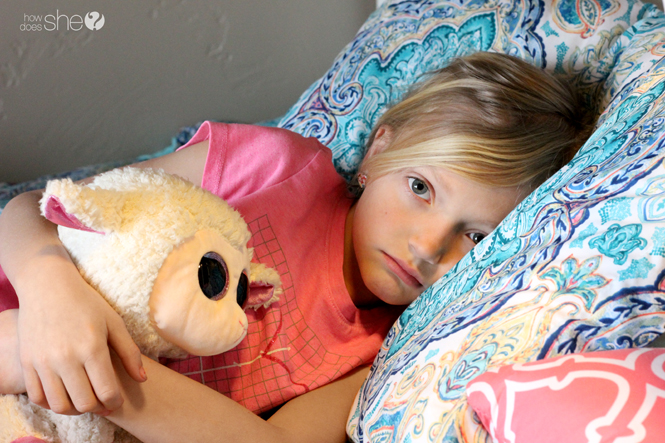
One night I found Mayzie by my bed crying. “Mom, my tummy hurts. I think I’m going to…” Throw up. All over the floor. After I cleaned everything up and got her to bed, she seemed to feel a little better. As I tucked her in she asked again, “Mom, what if tigers come in our house?”
I assured her that we live in Idaho and the only Tigers here are in the zoo. “But mom, what if they get out of the zoo and come in our house.” Something in her eyes told me this was a serious concern.
A Look at Childhood Anxiety
Something weird happened after that. Mayzie threw up once every single day for eleven days straight. Sure she’d contracted some exotic virus, I took her to the pediatrician only to learn nothing was wrong. In the mean time, basketball season started. I’d signed Mayzie up hoping that she’d learn to love the sport that was so dear to me. But mom, what if I don’t know anybody? 
“You’ll make friends!” I’d tell her, trying to pump her up. Of course she’d make friends because that’s how I’d made many friends. On the first day of practice, she had a breakdown. Crying, shallow breathing, refusal to join the team. It wasn’t pretty, but I told myself, “Hang with it, it’s just a phase. That night Mayzie threw up again. I started to think something was going on beyond a mere stomach bug.
Practices got a little better–not great, but better.
The throwing up stopped and I was thinking, Okay, phew! We got past it. However, the worrying continued, the what-ifs escalated, and then the headaches came. Headaches and nausea and Mayzie was in so much misery that I was utterly helpless to assuage. I’d take on her pain in an instant if I could.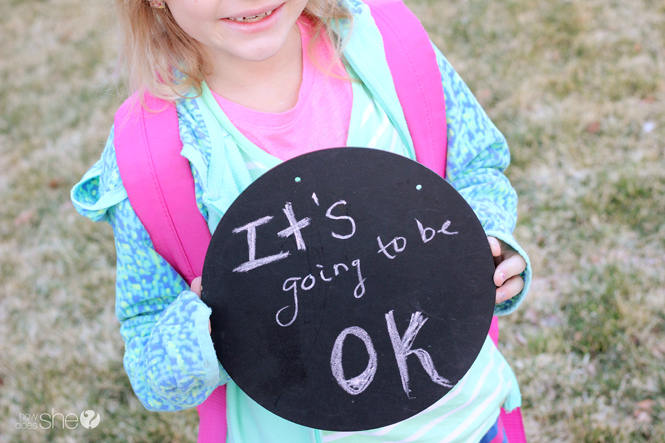
A Moment of Clarity
Then one night a moment of clarity struck me. It was the night before one of her basketball games and Mayzie came in again complaining of a stomach ache. It was like finally cracking a tough equation. Worrying + what-ifs +stressful new activity = headaches and vomiting. Oh my gosh, I think she’s got anxiety. Everything suddenly made sense.
Anxiety is a form of stress that affects all people differently. Everyone feels it; anxiety is those butterflies in your stomach before a big interview or presentation. You might feel anxious before getting on a plane or starting a new job. Many people use their anxiety as a springboard into doing hard things. They’re able to push off of their anxiety into happy results. Others, however, get overwhelmed by their anxiety. The worry becomes intense t0 the point they experience dizziness, difficulty breathing, nausea, vomiting, or headaches.
Anxiety is real. Sadly, it is largely misunderstood at best and debunked at worst. And yes, even kids can experience severe anxiety. I wish I’d been quicker to recognize it in my own child. The following are some common signs of childhood anxiety (from KidsHealth.org) that might help you with early intervention.
Common Signs of Childhood Anxiety
- excessive worry most days of the week, for weeks on end
- tend to be perfectionists or like things a certain way
- trouble sleeping at night
- irritability
- unexplained tiredness
- persistent stomach aches or complaints of sickness
- frequent worry about what might happen
- dwelling on what-if scenarios

The good news is, once you recognize it, there are plenty of ways to treat childhood anxiety that don’t call for hefty doses of medication.
Ways You Can Help Your Child Cope with Anxiety
- Validate your child’s feelings. Let them know that worry is normal. Use statements like, “I can see how that would be scary.” or “It’s okay to feel scared.” Be supportive and nonjudgmental.
- Model and teach positive self-talk. One way to help kids work through their anxiety is through positive self-talk. Model statements like, “It’s going to be okay.” “If I’m late, it’s not the end of the world, I will be okay.” “Tigers don’t live in Idaho. My doors are locked. I can go into mom and dad’s room if I need to.” Teaching anxious kids how to positive self-talk is a powerful tool they can use when you’re not there.
- Talk through those what-if scenarios. Okay, so what if you are late to school. What can you do? Maybe your child is anxious about being singled out, or worried about using a different entrance to the school. Walk them through each hallway of their worries and help them find solutions to those what-ifs.
- Keep a routine. Kids who are prone to anxiety like the safety and predictability of a routine. If something big is coming up, like a doctor’s appointment, they’d like to know about it in advance.
- Don’t over-schedule them. Too many activities can get overwhelming for most children, but especially anxious kids. Allow down-time for them to relax and be themselves.
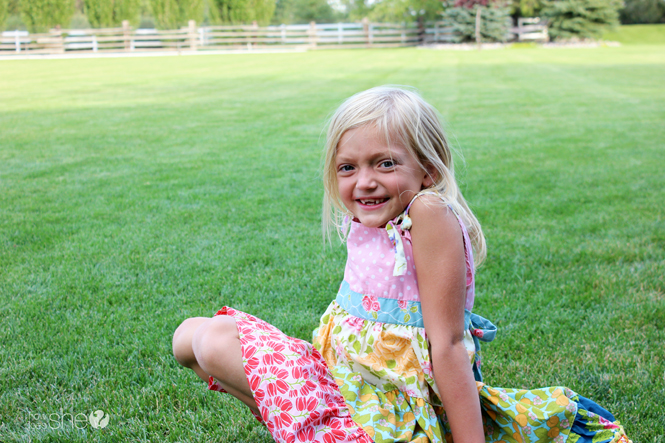 Once I recognized Mayzie’s anxiety for what it was, I could finally help her. Now we’re working on positive techniques to deal with the worry and since then, there have been no tummy aches, no throwing up, and no headaches. It’s a tough job figuring these kids out. Sometimes it’s in their best interest to “suck-it-up,” and sometimes we just need to back off. It’s a tricky line to toe.
Once I recognized Mayzie’s anxiety for what it was, I could finally help her. Now we’re working on positive techniques to deal with the worry and since then, there have been no tummy aches, no throwing up, and no headaches. It’s a tough job figuring these kids out. Sometimes it’s in their best interest to “suck-it-up,” and sometimes we just need to back off. It’s a tricky line to toe.
If you suspect childhood anxiety, it’s always worth looking into. The sooner you can recognize it, the sooner you can keep those tigers in the zoo where they belong.

Parenting is one of the toughest jobs out there, right? We get it and want to help where we can. Check out a few more of our tips and tricks that will help you wade through this thing called parenthood:
6 Things Kids Don’t Want To Tell You and One Genius Way To Ask

4 Toddler Tantrum Tricks That Actually Work

One Sweet Way To Boost Your Child’s Self-Esteem: Be Their Secret Pal!
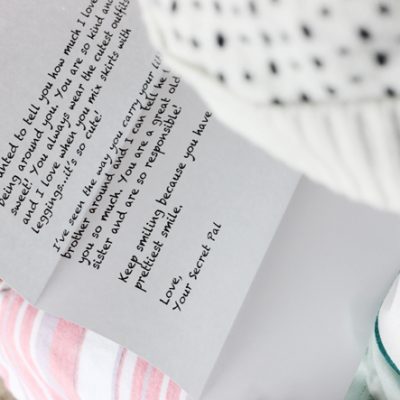
The post When Tigers Come in: A Look at Childhood Anxiety appeared first on How Does She.
by Nicolette via Home And Garden

No comments:
Post a Comment